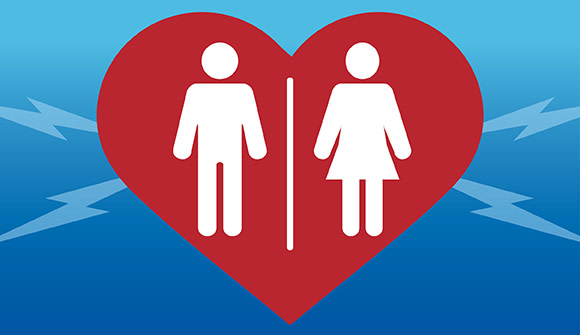Rating your risk
Benefits of a breast cancer risk assessment.
Article Author: Juliette Allen
Article Date:

When it comes to cancer, detecting and treating the disease at its earliest stages gives people the best chance of living long, healthy lives. For breast cancer, experts recommend women of average risk receive annual mammograms beginning at age 40. But is there another tool that could help catch breast cancer early?
Kirsten Hofheimer, PA-C, a physician assistant with the High Risk Breast Clinic at Baptist MD Anderson Cancer Center, answered questions about who should get a breast cancer risk assessment and what the results really mean.
What is a breast cancer risk assessment?
This questionnaire does exactly what the name suggests: estimates a woman’s risk of breast cancer through a series of questions.
“These calculators include information like family history, breast density, gynecologic history and breast biopsy history,” Hofheimer explained. “The goal of a risk assessment is to give a woman their personalized 5-year and lifetime breast cancer risk.”
What do the results mean?
“The average woman in the United States has about a 13% lifetime breast cancer risk,” Hofheimer said. “For the average-risk woman, we recommend an annual digital screening mammogram beginning at 40 years old. Any assessment score calculated above 20% is considered elevated risk.”
Women whose results show an elevated risk may be referred for additional breast cancer screening. According to Hofheimer, this may include an annual mammogram and bilateral breast MRI done around six months apart, along with twice-yearly breast exams performed by a medical provider.
Who should take the breast cancer risk assessment?
Every woman benefits from a discussion about breast cancer and factors that may increase individual risk, including:
- Family history of breast or ovarian cancer
- Dense breast tissue
- Early first menstrual period
- Late first pregnancy
- Prior abnormal breast biopsy
“Risk assessments can begin as young as 25 and should be recalculated with any changes in personal or family history,” Hofheimer said.
Who performs the assessment?
The questionnaire may be given by a primary care physician, gynecologist or breast specialist. Because the assessments are available online, women may also take them on their own and bring the results to their provider.
Overall, Hofheimer encouraged women to get familiar with their breast cancer risk factors so they can make a personal plan with their doctor.
“A common misconception is that you can't be high risk if you don't have a family history of breast cancer or you've previously had negative genetic testing,” she said. “That’s why our risk assessment calculators can be so valuable. The more comfortable you get with using these tools, the easier it becomes to identify women who would benefit from additional breast cancer screening. In turn, this can help us detect early-stage breast cancers and provide patients with the best outcomes.”
If you’re looking to learn more about your breast cancer risk or take control of other aspects of your health, a primary care physician can provide a personal plan to keep you well. To find the right provider for you, call 904.202.4YOU (4968) or fill out the appointment request form.
At the Hill Breast Center, a preliminary assessment score is automatically calculated during check-in before a screening mammogram. To learn more about services provided through the Hill Breast Center, call 904.202.2222.



